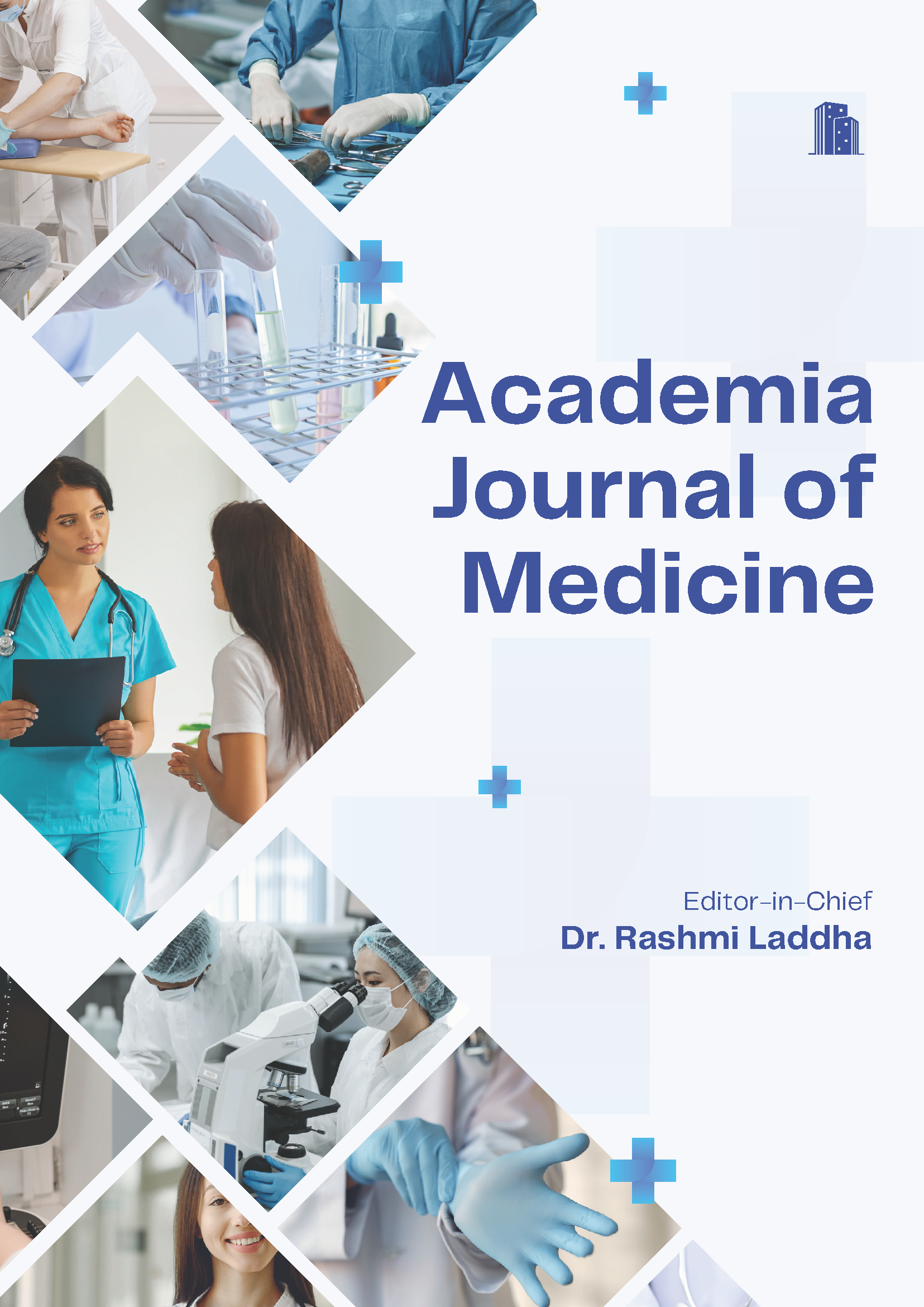Clinicopathological Outcome in Infection Related Glomerulonephritis
Keywords:
Infection related glomerulonephritis (IRGN), Post-infectious glomerulonephritis (PIGN)Abstract
Background: The term infection-related glomerulonephritis (IRGN) was proposed as the streptococcal, staphylococcal and gram-negative organisms were being isolated among elderly and immunocompromised patients treated for glomerulonephritis. Previously these were called as Post-infectious glomerulonephritis (PIGN). Most of the reported patients were Caucasians and Asians with male predominance. Among the adult IRGN patients a kidney biopsy is recommended to confirm the diagnosis and to rule out other glomerulonephritis. The aim of the study is to study the clinical characteristics and pathological patterns of infection-related glomerulonephritis (IRGN) in adults and to assess the clinical and pathological differences of C3 dominant and codominant IRGN patients. Subjects and Methods: A hospital-based, analytical retrospective clinical study was conducted among seventy-three patients. Cases were included irrespective of gender with biopsy proven IRGN and aged equal to or greater than 18 years of age. The study was conducted for a period of 6 months from 1st June 2019 to 30th Nov 2019 at Sapthagiri Institute of Medical Sciences and Research Center, Bangalore. A prior permission from the institutional ethics committee and written consent from the patients and their family members were obtained. Data obtained was entered in Microsoft Excel-2013 and analyzed in SPSS version-22 trial. Appropriate statistical tests were applied and p-value less than 0.05 was considered as significant. Results: In the present study 73 patients were included based on the selection criteria. The mean age of the study population was 41.8 ± 14.5 years. Majority 51 p.c (37) of study population were males and 49 p.c (36) were females. Hypertension was the most common risk factor which was reported among 56 p.c (32) of the patients. Diabetes was reported among 17 p.c (10) of the patients. About 15 p.c (9) of the patients were alcoholics and 10 p.c (6) of the patients were smokers. Conclusion: Renal biopsy plays an important role in the assessment of prognosis and underlying glomerular nephritis (GN).
Downloads
References
1. Nadasdy T, Hebert LA. Infection-Related Glomerulonephritis:
Understanding Mechanisms. Semin Nephrol. 2011;31:369–
375. Available from: https://dx.doi.org/10.1016/j.semnephrol.
2011.06.008.
2. Kanjanabuch T, Kittikowit W, Eiam-Ong S. An update on
acute postinfectious glomerulonephritis worldwide. Nature Rev
Nephrol. 2009;5(5):259–269. Available from: https://dx.doi.
org/10.1038/nrneph.2009.44.
3. Rodriguez-Iturbe B, Musser JM. The Current State of
Poststreptococcal Glomerulonephritis. J Am Soc Nephrol.
2008;19(10):1855–1864. Available from: https://dx.doi.org/10.
1681/asn.2008010092.
4. Kanjanabuch T, Kittikowit W, Eiam-Ong S. An update on
acute postinfectious glomerulonephritis worldwide. Nature Rev
Nephrol. 2009;5(5):259–269. Available from: https://dx.doi.
org/10.1038/nrneph.2009.44.
5. Luo C, Tang Z, Chen D, Liu Z. Long-term prognosis for Chi-
nese adult patients with acute postinfectious glomerulonephri-
tis. Clin Nephrol. 2011;76(09):186–194. Available from:
https://dx.doi.org/10.5414/cn107001.
6. Nasr SH, Fidler ME, Valeri AM, Cornell LD, Sethi S, Zoller
A, et al. Postinfectious Glomerulonephritis in the Elderly. J
Am Soc Nephrol. 2011;22(1):187–195. Available from: https:
//dx.doi.org/10.1681/asn.2010060611.
7. Nasr SH, Markowitz GS, Stokes MB, Said SM, Valeri AM,
Agati VD. Acute postinfectious glomerulonephritis in the
modern era: experience with 86 adults and review of the
literature. Medicine. 2008;87(1):21–32.
8. Srisawat N, Aroonpoonsub L, Lewsuwan S, Kanjanabuch T,
Avihingsanon Y, Praditpornsilpa K, et al. The clinicopathology
and outcome of post-infectious glomerulonephritis: experience
in 36 adults. J Med Assoc Thai. 2006;89(2):157–62.
9. Keller CK, Andrassy K, Waldherr R, Ritz E. Postinfectious
glomerulonephritis-is there a link to alcoholism. QJM - Int J
Med. 1994;87:97–102.
10. Ahn SY, Ingulli E. Acute poststreptococcal glomerulonephritis:
an update. Current Opinion Pediatri. 2008;20:157–162. Avail-
